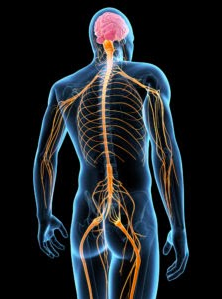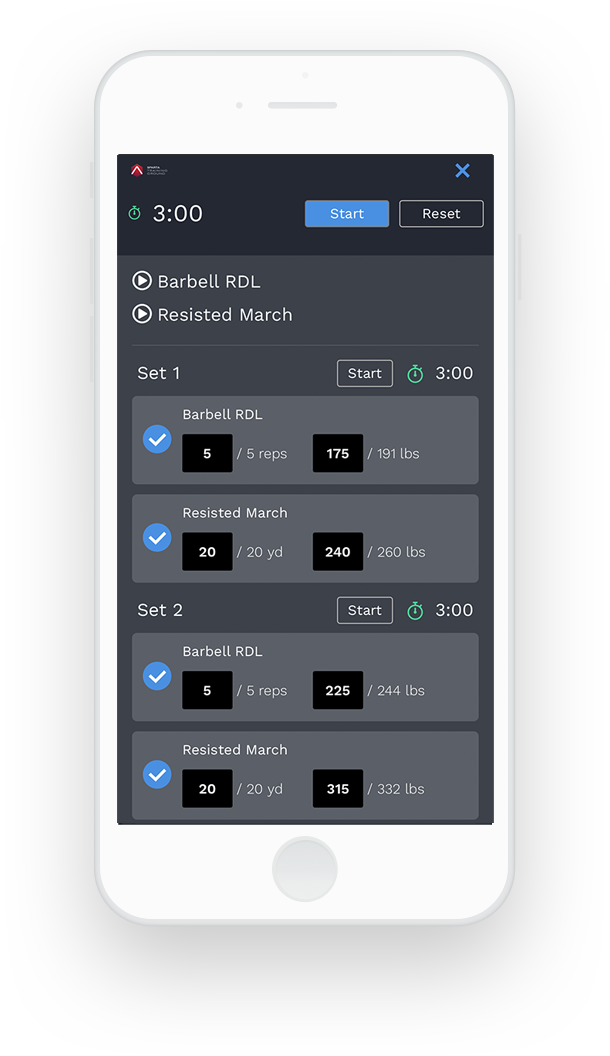
Most athletes have felt muscular fatigue, which is usually the burning of the muscles from a longer set of resistance training, or an intense run of greater duration. But not all fatigue is easily noticeable; particularly amongst those with a higher training age and skill level.
Have you ever felt like you just couldn’t jump high on a certain day? Or felt unusually slow during an agility movement? You probably experienced neural fatigue, you just didn’t know why this often ignored phenomenon occurred, or how to prevent it from happening in the first place.
If the body is a car, then the nervous system is the driver. The nervous system is a network of nerves that transmits sensory impulses (signals) from the brain to the muscles by way of the spinal cord. The nervous system, aside from directing every function of the body, ranging from hormones to heart function, also governs all voluntary movement by alternating the action of muscular contraction and relaxation. In a review out of the University of Queensland, Neural Fatigue (NF) was defined as an involuntary reduction in voluntary activation.

Unfortunately, scientists are currently unsure about the exact cause of NF, though the most likely culprit is a combination of factors. The major theories include, but are not limited to, decreased reflexes (think slower reactions), muscle damage causing impaired function (jumping lower in the last game of a tournament), and decreased athlete motivation.
It is common in the training world to use high-low (central nervous system) planning in order to get the most out of your high-intensity days and also reap benefits when the body is slightly less capable of pushing the limits. This plan (made popular by the late Charlie Francis) is great in theory, but every individual responds differently to training.
When training is based on meritocracy (and not time) the individual can dial up training when the nervous system is firing on all cylinders, but also turn the knob down to adjust accordingly. This means the plan adjusts to the individual and not the other way around. While training should follow a specific plan, life doesn’t always do the same – and your training should account for that.